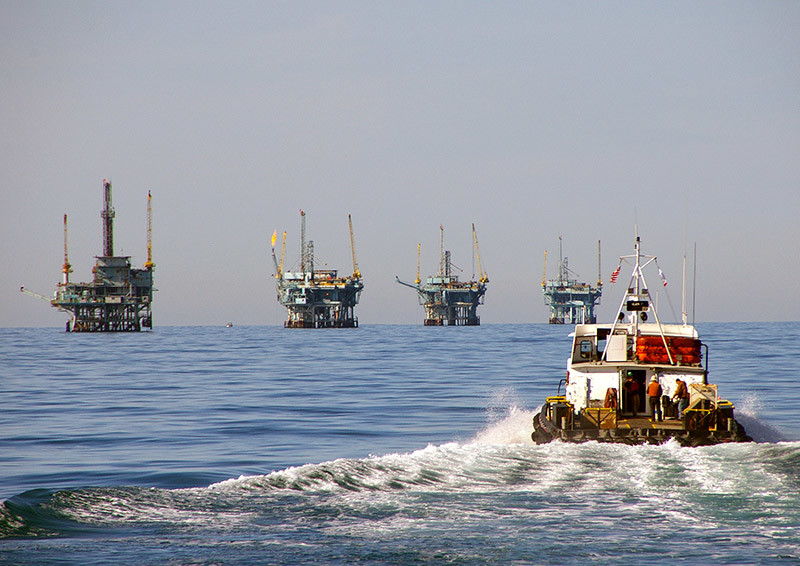What should you be thinking about as we head into 2023? Will we enter a recession? If we have one, how severe will it be?
This single factor will have an outsized impact on oil’s demand trajectory, and in turn, oil prices, the lifeblood of the offshore service industry. Uncertainty about oil prices, at least in the early days of 2023, will govern petroleum spending plans. Both Barclays (+15%) and Moody’s (+10%-15%) investment research expect petroleum capital spending increases this year, but half to two-thirds of the projected gains may be eaten up by oilfield inflation and higher labor costs. The spending estimates originated from company executives late last year when expectations for a severe recession in 2023 were substantially higher than they now expect. Also, some large E&P companies declined to provide budgets, concerned about negative reactions from investors. Maybe this means that the projected increases were higher than reported.
Lower recession expectations suggest higher oil demand. Forecasters are calling for record oil demand this year, which will challenge supply and lift prices to drive producers to boost output. More drilling is on the horizon. But where will they drill, onshore or offshore or both?
Barclays’ 38th annual E&P Spending Survey calls for a healthy onshore spending increase with an upside bias, but importantly they see offshore spending increasing at twice 2022’s rate of increase (24% vs. 12%). This should be welcomed news for offshore contract drillers and their support providers, especially as producers are stepping up deepwater drilling in addition to more shallow-water work. Hunting elephant oil deposits in deepwater is becoming a higher priority for producers assessing long-term global oil industry supply/demand dynamics and their production profiles, especially as the prolific U.S. oil shale basins offer limited growth opportunities.
The recent sale of U.K. North Sea natural gas-oriented blocks for exploration should stimulate more activity in this mature and important petroleum basin. However, the U.K. government’s windfall tax on producer profits will give producers pause. It is forcing the U.K.’s largest oil company to throttle back investment spending including cutting jobs, not the desired outcome the government wants. The tax originally was set to expire in 2025 but has now been extended to 2028, a further negative for spending there.
And that is not the only governmental threat to the future of oil and gas. The Biden administration’s anti-fossil fuel agenda nearly banned all offshore lease sales, and it has threatened a windfall profits tax like the U.K.’s that would force producers to adjust budgets and business strategies. Thus, it is not surprising to see offshore exploration targeting South America and the Middle East – regions with promising resource potentials and welcoming governments.
The industry cycle is quickly shifting into high gear. High fleet utilization and demand to reactivate cold-stacked rigs are pushing day rates up sharply. These are ingredients that spawn eventual industry busts when companies start overbuilding new equipment. For the foreseeable future, managers that navigated the recent industry bust will adhere to investor demands for financial discipline and greater returns of capital despite improved balance sheets.
A severe recession could slow the pace of the offshore industry recovery because it is the highest-cost oil. A rapid recovery of China’s economy could lift oil demand higher than forecasters are projecting, straining the global supply/demand balance. These conflicting scenarios, coupled with climate activist demands to shut the use of fossil, will cause producers to keep a tight rein on E&P spending. Put the champagne on ice – at least for the time being.





